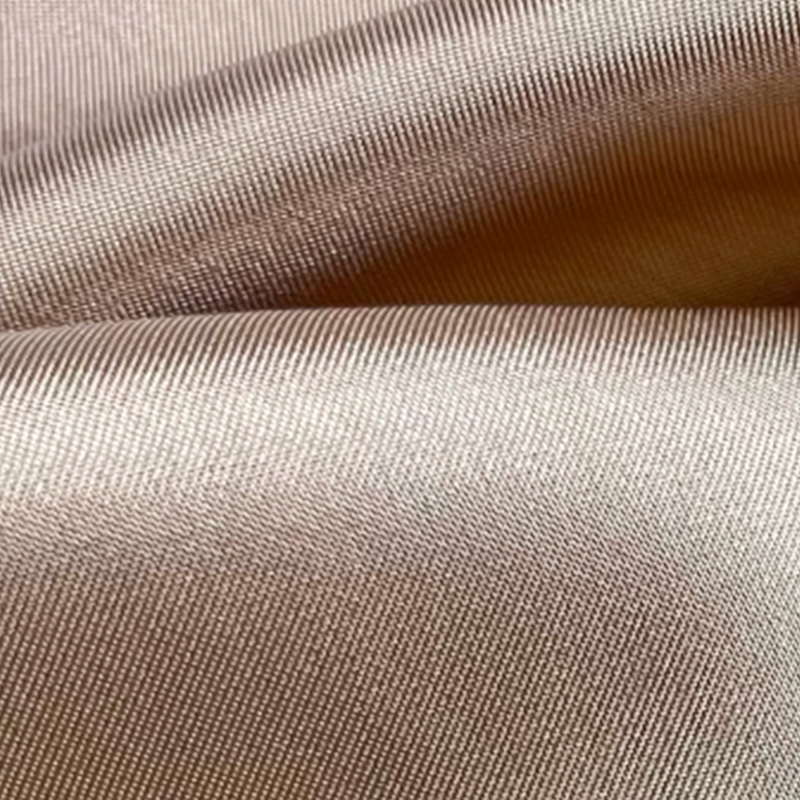Dyeing Characteristics of Noil Silk Fabric Compared to Smoother Silk Varieties
Silk has long been admired for its luxurious texture and ability to take on brilliant, luminous colors when dyed. However, not all silk fabrics behave the same way in the dyeing process. Among the many types of silk, Noil silk stands out for its distinct texture, matte finish, and rustic charm. When compared to smoother silk varieties such as mulberry silk, Noil silk reveals unique characteristics that influence both the dyeing process and the final appearance of the fabric.
The Nature of Noil Silk
Noil silk is created from the shorter fibers left over after combing and processing longer silk filaments. Instead of producing a glossy and smooth surface like traditional silk, these shorter fibers give the fabric a slightly rough, nubby texture with a soft hand. This structure not only makes Noil silk different in appearance but also affects how it interacts with dyes.
Dye Absorption and Color Depth
One of the most notable features of Noil silk fabric is its ability to absorb dyes readily. The porous quality of the short fibers allows the fabric to take in color deeply, often resulting in rich, saturated tones. However, unlike smoother silks, which reflect light and create a lustrous, shimmering finish, Noil silk produces a more muted, matte appearance. This difference in surface reflection means that while smoother silks emphasize vibrancy and sheen, Noil silk highlights warmth and depth.

Variation in Color Effects
Because of its uneven texture, Noil silk may not dye as uniformly as long-fiber silks. Instead, the fabric often displays subtle variations or a slightly mottled effect, which enhances its natural, handcrafted look. Designers and artisans frequently value this feature, as it adds character and uniqueness to each piece. The result is a fabric that feels organic and artisanal, aligning well with natural or earthy color palettes.
Comparison to Smoother Silk Varieties
Smoother silks such as charmeuse or satin weave mulberry silk respond to dye with brilliance and precision. Their even surfaces allow light to bounce off uniformly, intensifying colors and producing the well-known luminous glow of traditional silk. In contrast, Noil silk sacrifices sheen for texture. Instead of elegance through shine, it offers understated beauty with an earthy and subdued finish.
Applications in Fashion and Interiors
The way Noil silk responds to dye makes it especially appealing in certain contexts. In fashion, designers may use it for garments where a natural, bohemian, or minimalist aesthetic is desired. Its matte tones pair well with earthy hues, neutrals, and soft dyes that enhance its rustic charm. In interiors, dyed Noil silk can be used for drapery, cushions, or wall coverings, bringing warmth and depth to spaces without overwhelming them with shine.
Conclusion
While smoother silk varieties remain the standard for achieving luminous, high-gloss colors, Noil silk offers a distinctive alternative. Its dyeing characteristics—rich absorption, muted tones, and natural variation—create fabrics that feel authentic, textured, and full of character. Rather than competing with the brilliance of traditional silk, Noil silk defines its own place in the textile world, appealing to those who appreciate depth, subtlety, and natural beauty in color expression.


 中文简体
中文简体 Français
Français Deutsch
Deutsch italiano
italiano
 previous post
previous post






















